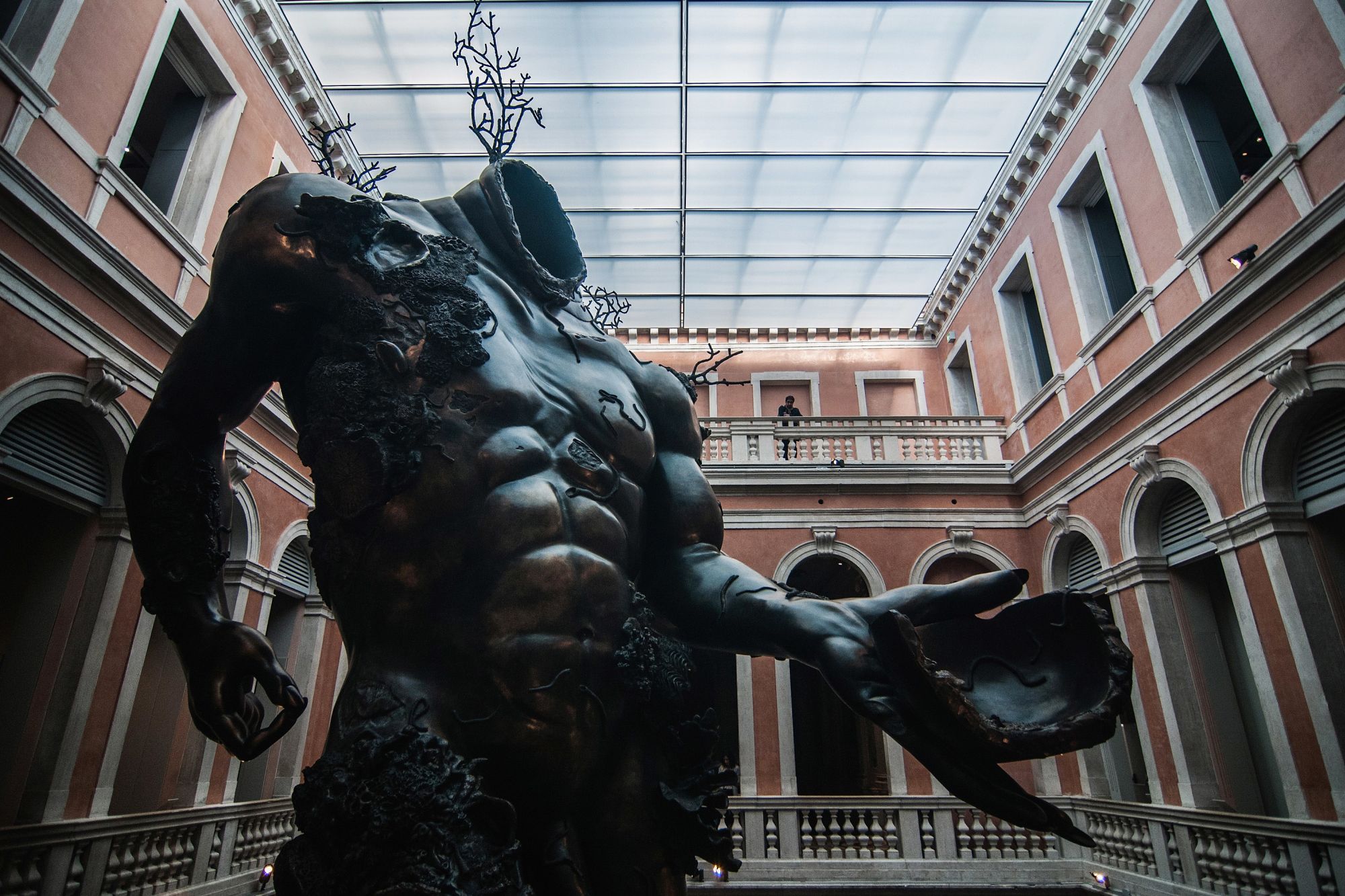Editor’s Note: James Cahill is an expert on the influence of classical antiquity on contemporary art. This is an edited excerpt from his introduction to “Flying Too Close to the Sun: Myths in Art from Classical to Contemporary,” published by Phaidon.
From the Midas touch to a Sisyphean task, from Pandora’s box to Achilles’ heel, characters from classical Greek and Roman mythology have an inescapable presence in everyday life and language. Their stories have been continually retold across all forms of culture – in novels, poems and plays, in music from opera to pop songs, and in every type of visual art, from ancient painting and sculpture to installation and video art today.
The stories themselves may seem implausible and bewildering. Monsters and hybrid creatures abound, magical transformations are frequent (from human to animal or plant, from god to human or animal, and everything in between), and the family lives of gods and humans intertwine. Yet these compelling tales have endured for millennia and have become part of the DNA of Western culture.
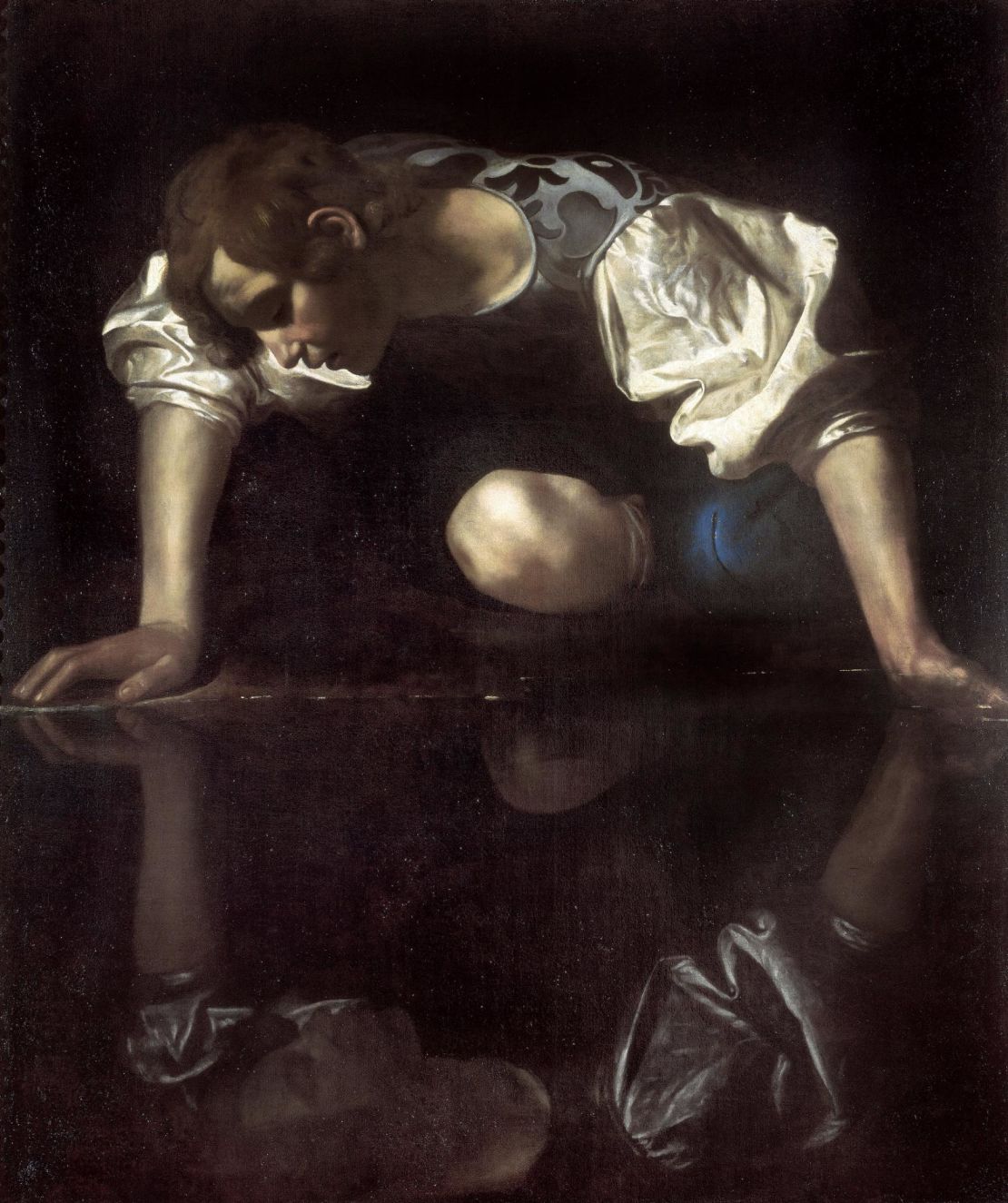
Not only are they filled with drama, but they represent aspects of the human condition that are as relevant now as when the Greeks first imagined them, creating stories of gods made in the image of human beings. These myths explore love and lust, envy and rage, rejection and loss, violence and death, and every type of family relationship. We relate to the characters in them because their emotions, desires and struggles are our own.
How myth became modern
The cachet of classical mythology in post-classical art may be traced back at least as far as the Renaissance, when Greek and Roman stories and statues became the lifeblood of art, and classical mythology became modern.
Titian’s mythological scenes were a self-conscious glance back to the art and literature of ancient Greece and Rome, and yet that glance reveals as much about the art and thinking of the Renaissance as it does about ancient sources. We may be used to thinking of mythological art as illustrating the stories of the ancients, and that is of course partly true, but it is easy to overlook the way in which mythological art is always of its moment.
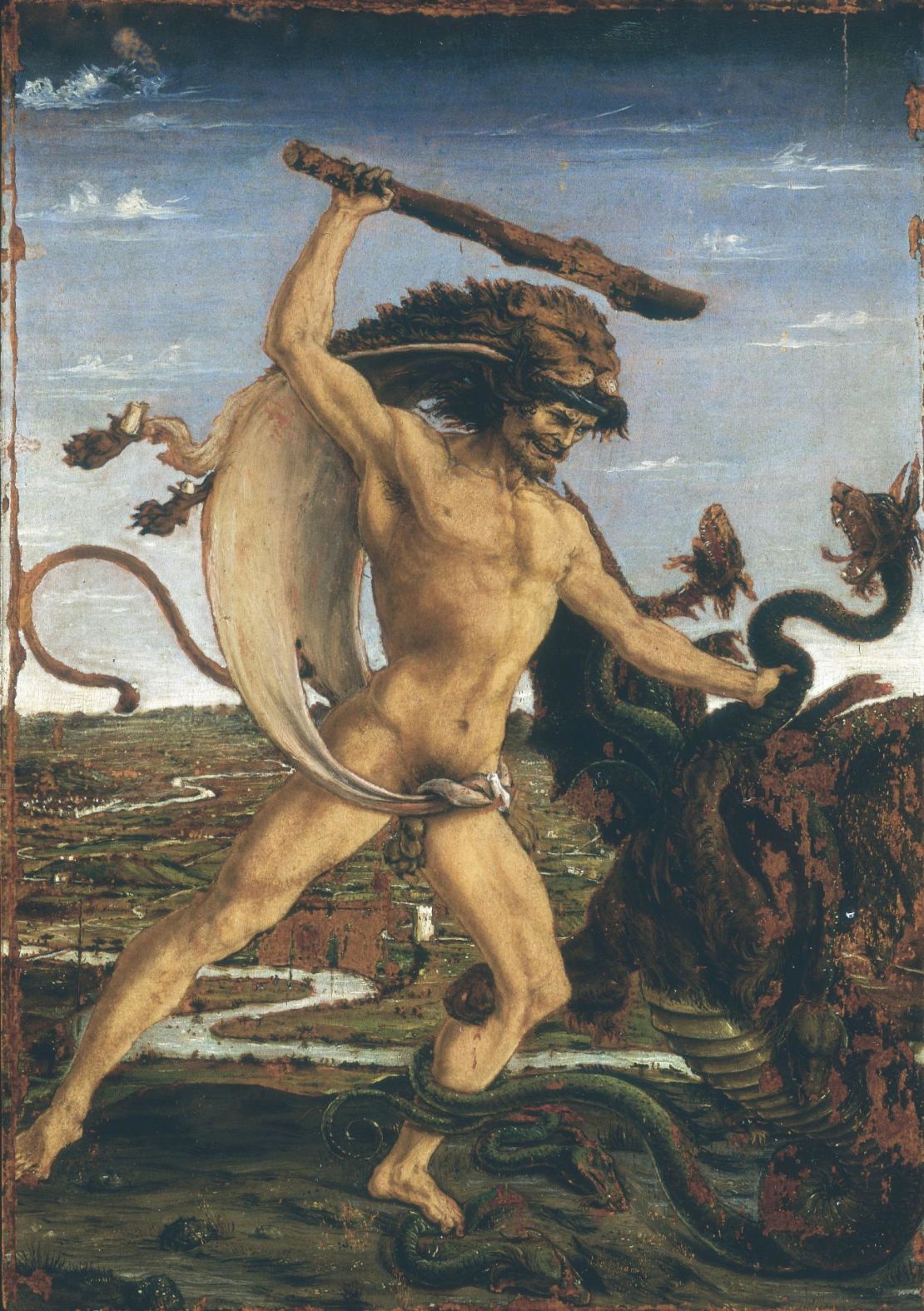
It is because of its flexibility that classical myth has endured even as other aspects of the classical tradition have fallen from favor. Modernism in art is often regarded as a moment of rupture with the classical – a time when artists ceased to pay heed to ancient models and dispensed with ancient ideas, above all the ideal of verisimilitude or “likeness to life.”
Many modern artists attacked and rejected the stagnant “classical” rules of academic training. At times these attacks were literal and violent, including the smashing up of classical plaster casts in art schools, traditionally used for drawing practice. But rejection of the classical was usually more rhetorical than real, and mythology was one of the primary ways in which the Greco-Roman tradition retained its power and currency.
Picasso’s representations of the Minotaur, in which the creature becomes a kind of monstrous stand-in for the aging artist, show how the classical tale could be used to probe the dark recesses of selfhood and sexuality. His etching from the “Vollard Suite” (1930-37) of a grizzled Minotaur clambering atop a sleeping girl is a way of saying, as does Prospero in Shakespeare’s “The Tempest,” “This thing of darkness I acknowledge mine.”
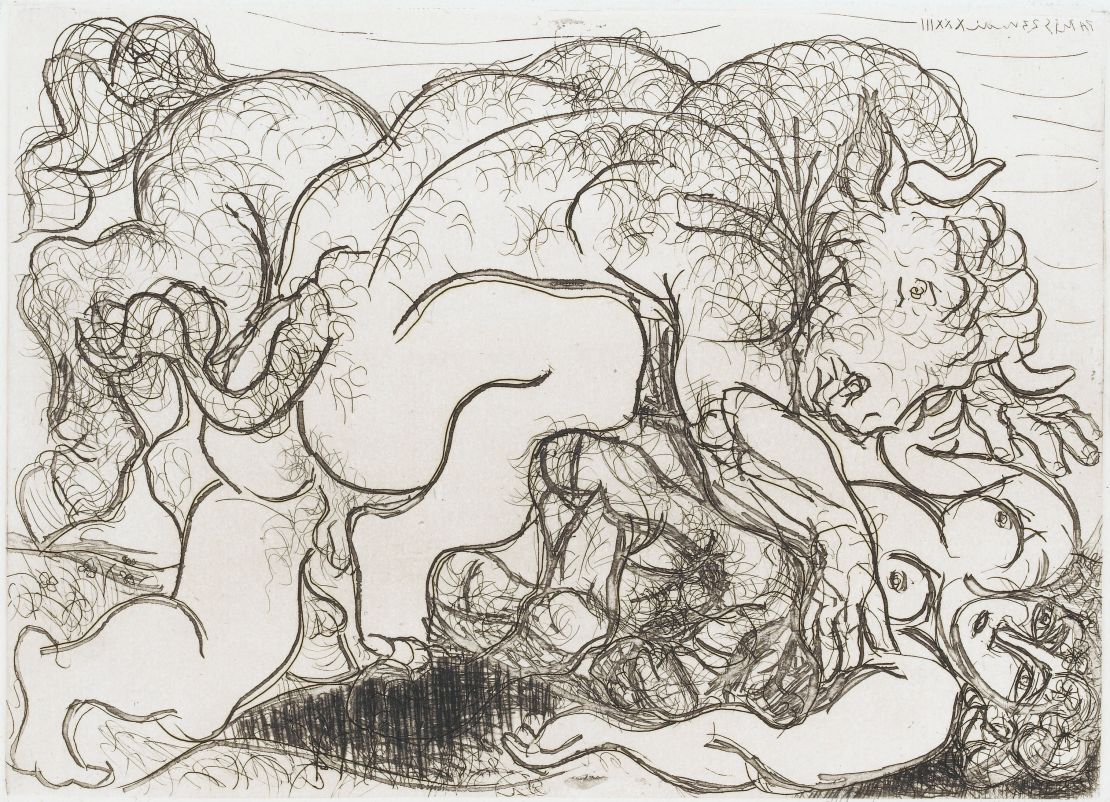
Myth, in this way, can be allegorical – made to speak of other things, or to encrypt hidden meanings. Medieval anthologies of ancient mythology often imparted Christian morals and meanings to the tales. So, for example, the story of Zeus and Danaë could be reinterpreted as a cautionary story of a man who used gold to bribe his way into a princess’ bedchamber.
The art of subversion
For centuries, myth has provided a kind of dignified clothing for the expression of transgressive thoughts and feelings. Michelangelo’s “Bacchus” (1496-7), without his wine cup and grapes, would just be a naked male body.
For some observers, Michelangelo’s statue wasn’t nearly mythological enough: The Romantic poet Shelley complained that “It looks drunken, brutal and narrow-minded, and has an expression of dissoluteness the most revolting.” The sculpture was legitimized (if only just) by being made mythological through the persona of Bacchus. Within classical lineaments, Michelangelo was able to create something daring and original.

In the 19th century, artists and writers increasingly used mythological subjects to sublimate – but also covertly express – homoerotic desire. A good example is Frederic Leighton’s painting of the elderly Daedalus attaching wings to Icarus, from around 1869. The theme and the younger man’s pose are classical – more precisely, Apollonian. (Icarus looks like the god.)
And yet the subtext of the picture is sensual to the point of camp excess. A shimmering blue cloth billows around the youthful figure, revealing and framing his shining nudity. Far from acting as a foil for sensuality, the classicism of this scene radiates eroticism: it is more than simply a picture of paternal solicitude.
Adding to the ‘visual storybook’
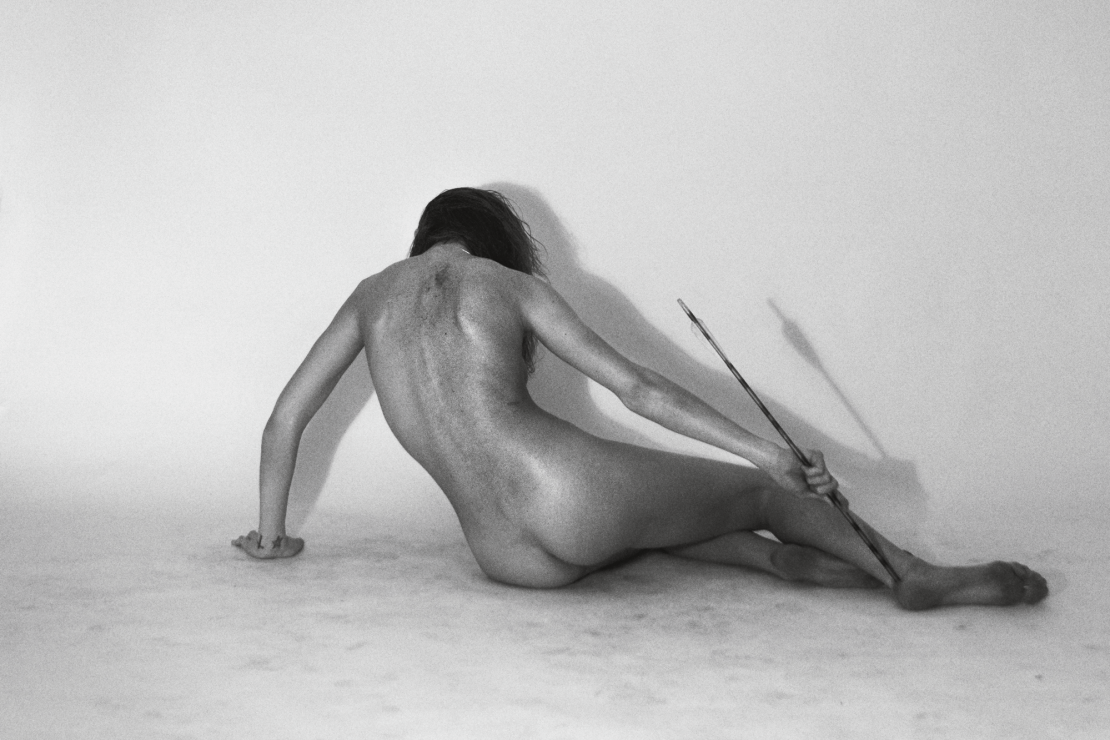
Throughout the 20th and 21st centuries, artists have continued to refer to ancient stories, from Picasso’s Minotaurs to Louise Bourgeois’ tabletop model of the Oedipus myth constructed from scraps of pink fabric in 2003, to American conceptual artist Chris Burden’s 1973 performance of the Icarus myth, for which he lay between two flaming “wings” of sheet glass, doused in petrol.
British artist Damien Hirst, best known for animals preserved in tanks of formaldehyde and giant “medicine cabinets,” unveiled a vast exhibition of myth-laden works, “Treasures from the Wreck of the Unbelievable,” in Venice in 2017. This included bronze and marble sculptures at various scales, and myriad artifacts in gold, silver, malachite, jade and other rarefied materials.
One of the largest sculptures in the show depicted the legend of Andromeda and the sea monster. This truck-sized diorama in bronze shows the mythological heroine chained to a rock (yet to be rescued by the hero Perseus), howling in agony while a great white shark rears up at her. The spectacle is close to a theme park sensation in fiberglass, subdued only by the midnight-blue tincture of the bronze.
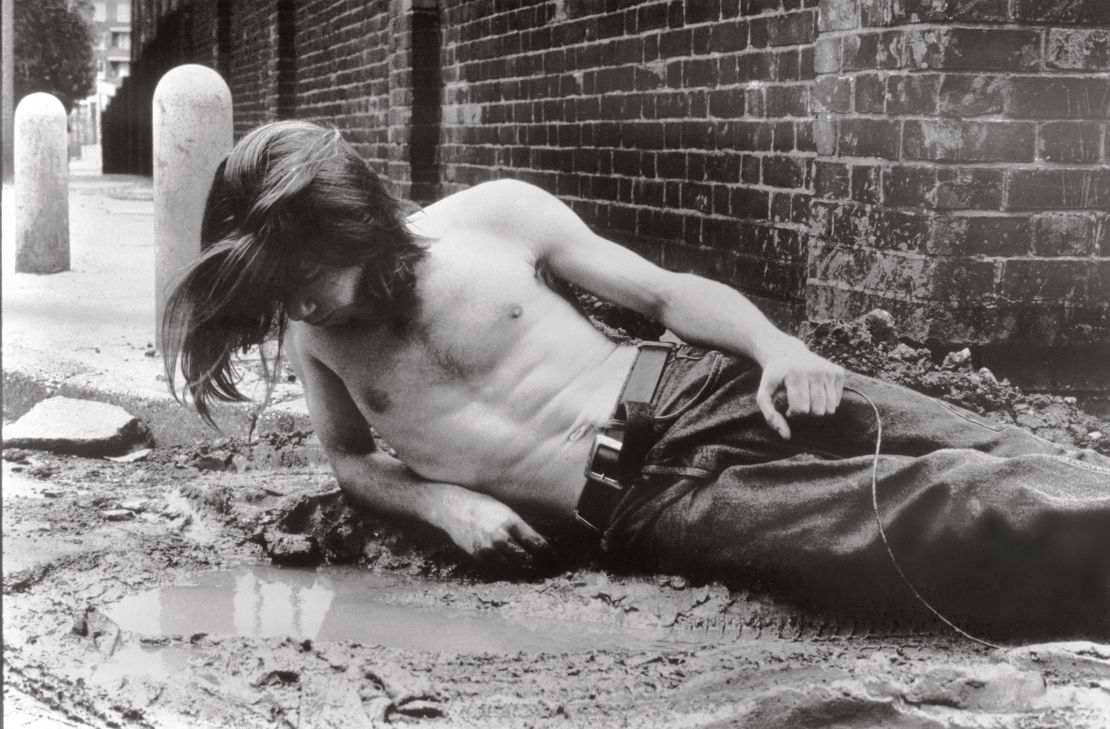
Ancient myth is therefore a live presence in contemporary art. But myth is, and perhaps always was, more than a visual storybook, a trove of tales to be illustrated over and over. Myth seems to demand to be transplanted into the present, reinterpreted according to present-day ideas or anxieties.
We should think of myths as a constantly moving turnstile. To retell is to metamorphose. Meaning is never fixed, but ever fluid – as likely to be arrested as the reflection in water that entranced Narcissus.
“Flying Too Close to the Sun: Myths in Art from Classical to Contemporary,” published by Phaidon, is out now.
Top image: From Damien Hirst’s “Treasures from the Wreck of the Unbelievable,” on show in Venice, Italy in 2017.
